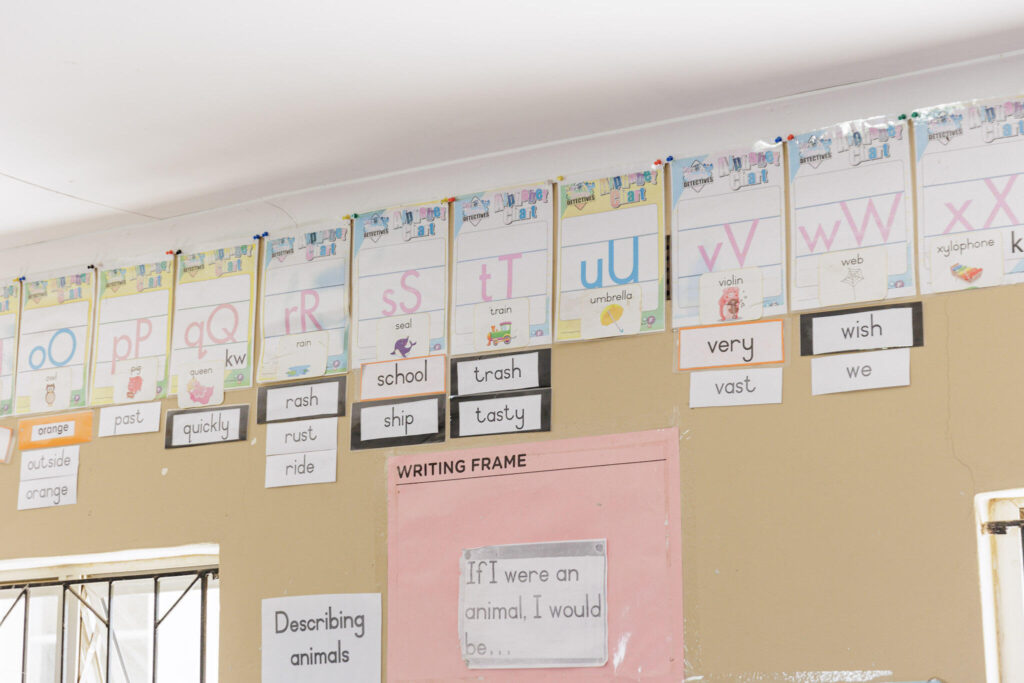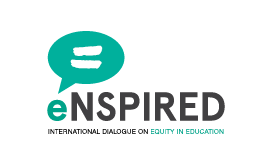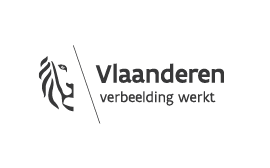eduSHARE from South Africa | Home language in the classroom
In 2023, Barbara Vauterin and Lisa-Marie Deman, two final-year students of the Bachelor of Primary Education at VIVES University of Applied Sciences, went to Durban in South Africa. They did a three-month internship at Mthombeni Primary School.
eduSHARE pioneers
As they are one of the pilot students and the eduSHARE flow is going to be further developed, the eNSPIRED team traveled to South Africa together with Justine Pillaert, a teacher trainer at VIVES University of Applied Sciences, to support Barbara and Lisa-Marie in creating their eduSHARE.
Multilingualism in South Africa
After a few weeks, Barbara and Lisa-Marie found out that the way they deal with language in South Africa is different from Belgium.
South Africa has no less than 11 official languages. Apart from English, which is mainly used in public life, such as the media, politics, etc., there are another ten languages: South Ndebele, North Sotho, South Sotho, Swazi, Tsonga, Tswana, Venda, Xhosa, isiZulu and Afrikaans. In other words, a country with a multilingual context.
English and Afrikaans are spoken all over the country but for many citizens this is not their first language or home language. For example, in KwaZulu-Natal, the province where Barbara and Lisa-Marie did their internship, the home language of most people is isiZulu.
As they believe in South Africa that good proficiency in the home language ensures that pupils learn better, the language of instruction is the home language of the children in the first three years of primary education. Although there is still room for the home language in the classroom afterwards, the language of instruction is English from the fourth grade onwards.
A mix of isiZulu and English in the classroom







eduSHARE video on home language integration in the classroom
The integration of the home language at school and the code-switching in the fourth grade is definitely food for thought. With some extra support from the eNSPIRED team, their lecturer from VIVES and a videographer, they interviewed some teachers, the school leader and an education expert on this subject. You can watch the result below.







